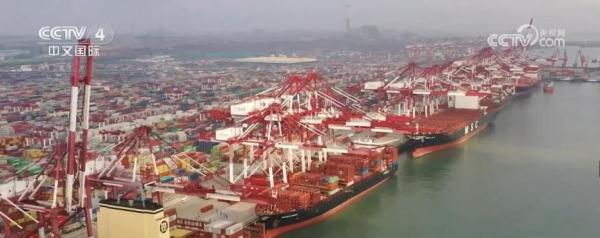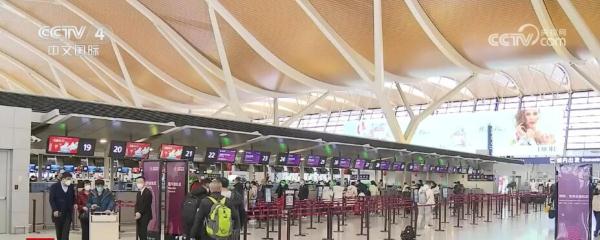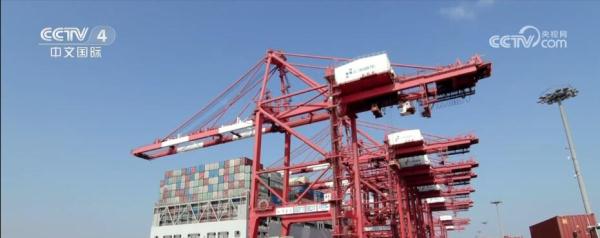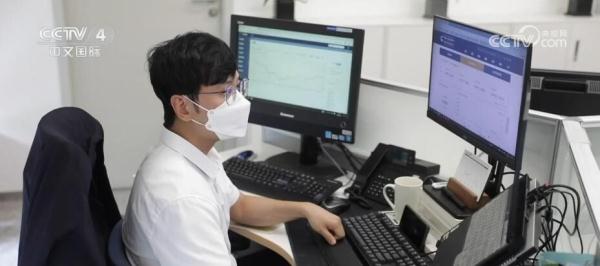The preliminary data of the balance of payments released by the State Administration of Foreign Exchange on May 12 showed that in the first quarter of 2023, China's balance of payments remained basically balanced. Among them, the current account surplus was US$82 billion, or 2.0% of gross domestic product (GDP) in the same period, and two-way cross-border capital flows remained reasonable and orderly.
Judging from the data content, the surplus of trade in goods is at a relatively high level in the same period in history. In the first quarter, China's surplus in goods trade in the balance of payments was US$129.9 billion, the second highest in the first quarter of the previous year. Wang Chunying, deputy director and spokesperson of the State Administration of Foreign Exchange, believes that China's manufacturing industry has accelerated its transformation and upgrading, the industrial chain and supply chain have remained stable, and new trade growth points have been emerging, promoting the surplus of trade in goods to maintain a high level.

There is a deficit in trade in services. Data show that in the first quarter of this year, the deficit in trade in services was 47 billion US dollars. Among them, the travel deficit was US$43.4 billion, a year-on-year increase of 58%, mainly due to the increase in outbound travel by residents, and the transportation deficit was US$19 billion, compared with a surplus of US$3.3 billion in the same period last year, mainly due to the orderly recovery of global capacity supply and the gradual return of China's transportation service revenue and expenditure to the pre-epidemic level.

Two-way direct investment has developed in an orderly manner. In the first quarter of this year, China's outward direct investment net outflow was US$50.6 billion, up 23 percent year-on-year, including a net outflow of US$31.3 billion in outward equity investment and US$20.5 billion in direct investment into China, of which US$28.3 billion was in equity investment.
Wang Chunying said that overall, in the face of a complex and volatile external environment, China adheres to the general tone of seeking progress while maintaining stability, strives to promote high-quality development, and shows a positive trend of economic development, providing fundamental support for the basic balance of payments in China.

According to the 2022 China Balance of Payments Report released by the State Administration of Foreign Exchange (SAFE), the domestic foreign exchange market operated smoothly and significantly improved its resilience in 2022. China's economy is generally showing an upward trend, and its supporting role in maintaining a basic balance of payments has been strengthened. As the effects of various policies to optimize epidemic prevention and control and stabilize economic growth continue to appear, China's economic prosperity has rebounded significantly since 2023, and the market's expectations for China's economic growth are improving. At the same time, China has been committed to promoting the two-way opening up of the financial market, continuously improving the facilitation of cross-border investment and financing, maintaining the basic stability of the RMB exchange rate at a reasonable and balanced level, steadily improving the maturity and rationality of the foreign exchange market, and creating a favorable policy environment for cross-border investment and financing.